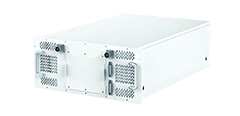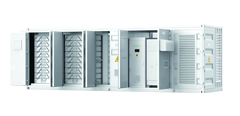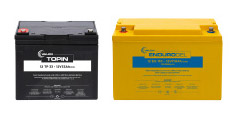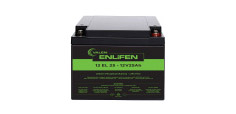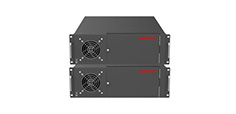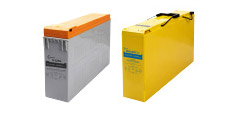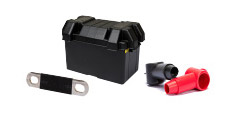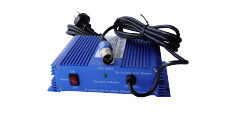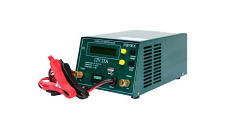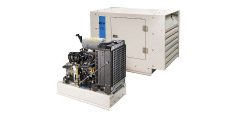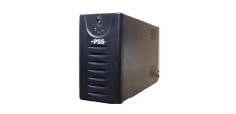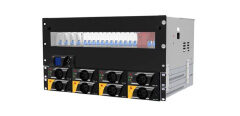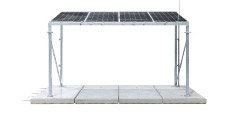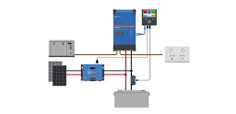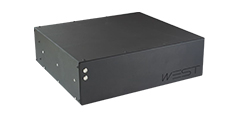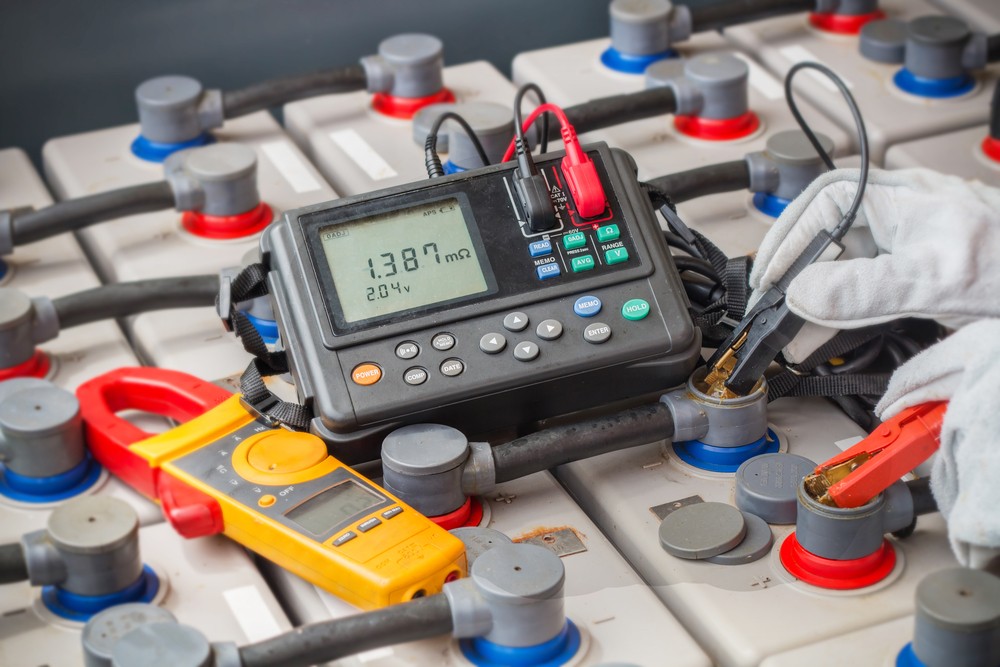The Valen experts go over some basic tips for staying safe while handling and installing deep cycle batteries.
Deep cycle batteries, such as VRLA and Lithium batteries, are widely known to be safe to use in a range of applications, provided the proper safety precautions and maintenance procedures are correctly followed.
In this blog post, the experts at Valen go over some basic tips for making sure you, your technicians and anyone else who comes into contact with your battery systems remain safe from any harm.
Refer to the Battery MSDS
It’s always a great idea to have the Material Safety Data Sheet handy for every battery you install and service.
The MSDS will state all the chemicals that are included in the battery and what to do in the case of an emergency.
Make sure there is a copy on-site for each battery system.
Refer to the Battery I&O Manual
Installation and Operation Manual will give installers and maintenance technicians an overview of how the batteries need to be installed, charged, connected and maintained.
The correct application of this will help prevent batteries from becoming overcharged and potentially melting or exploding.
Refer to your SWMS
Each workplace should have a Safe Work Method Statement which will allow technicians to safely install and maintain battery systems if followed.
Be sure to check with your supervisor for a copy of this before heading to site.
Always wear PPE
It is essential that the correct Personal Protection Equipment is worn on-site at all times.
This should include gloves, eye protection, metal-tipped boots. A full list will be in your SWMS.
Use the right lifting aids and techniques
One of the most common injuries to occur around batteries comes from incorrect lifting. Lead is the main component in VRLA batteries and they are often deceptively heavy.
Refer to your SWMS regarding your company policy around lifting heavy objects. Lifting a battery may require multiple personnel as well as lifting aids such as battery slings.
Battery Short circuit protection
During both, the installation and maintenance of battery systems, short-circuiting of the batteries can occur unless precaution is taken.
There are a few things that can be done to prevent this;
- Use of insulated tools
- Terminal covers to protect each battery once installed or tested
- Insulated battery links
- Replace the supplied protection covers over the terminals on front terminal and 2V batteries
Correct charging TIPS
Ensuring that the charging system is adequate and correct for the battery type can drastically reduce the risk of any issues occurring with the battery, from a shortened life expectancy to an explosion.
Your battery supplier will be able to advise as to the best charger for your battery system.
It is essential if you are replacing existing batteries at site that you make sure the pre-existing charger settings and algorithm are suited to the new batteries.
Need some more information on how to stay safe around deep cycle battery systems?
For further safety tips, check out our following relevant blog posts:
You can always contact our friendly team for additional support. We’d be happy to answer any questions you have about battery safety. Simply click here to get in touch.
Or you can schedule a no-obligation 15-minute phone chat with one of our experienced battery experts.



